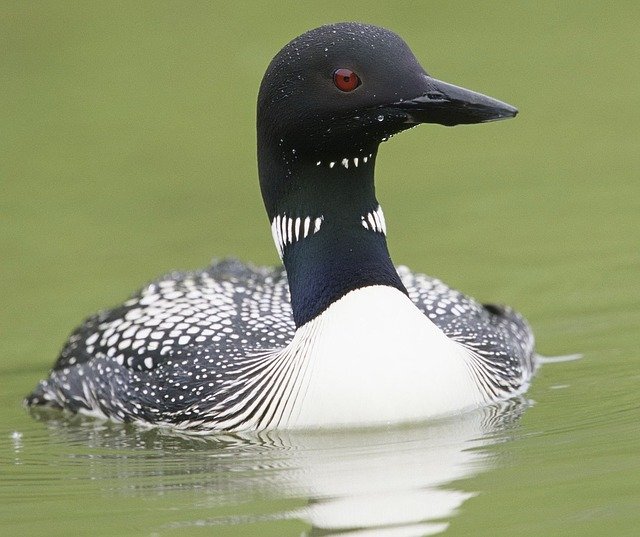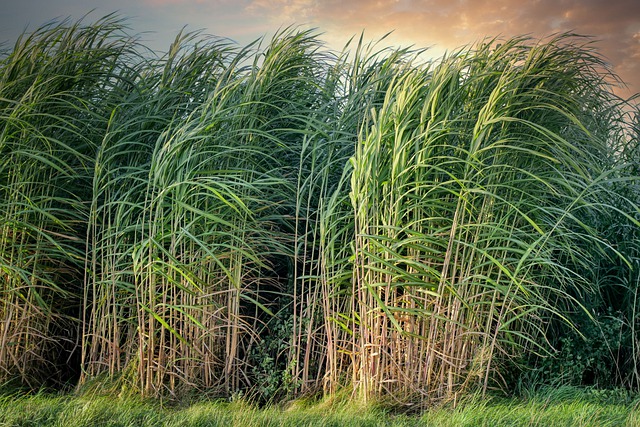
Gavia is a genus of palmipedal birds.
Gavia is a term that comes from the Latin word cavea , which can be translated as “cavity” . The first meaning of the concept mentioned in the dictionary of the Royal Spanish Academy ( RAE ) refers to a ditch that is dug with the objective of marking the limit of a piece of land or to enable drainage .
In some Spanish regions, similarly, the hole made in the ground for planting vines or trees is called gavia. Topsails can also be grooves that facilitate the transportation of materials in a mine or that collect runoff water for the development of crops in arid regions.
Topsail in the navy
In the field of the navy , the idea of a topsail can refer to a sail (a piece of cloth that, by receiving the wind, promotes the movement of a boat). Generally, the topsail is the sail installed on the mainmast of the ship.
The topmasts are the masts that are located on the main ones. The topsail is usually trapezoid -shaped, with points that are secured to the ends of the yard through sheets (chains or ropes).
On cross-hauled ships, the topsails are the main sails. This is because they have the most suitable characteristics for receiving the wind and, therefore, for the propulsion of the boat.
In the case of galleys (a type of rowing and sailing ship), the topsail is referred to as the topsail : a plateau that is arranged horizontally on a mast. This crow's nest is used to maneuver high sails, for example .
The concept linked to birds
According to the RAE , gavia can be used as a synonym for seagull . These palmiped birds live in coastal areas and usually feed on the fish they catch in the sea .
The genus of loons is also known as Gavia : large, palmiped birds that, by having their legs far back, manage to maintain a position close to vertical.
Specimens of the Gavia genus are native to the northern hemisphere. They reside in the coastal areas of countries with cold climates, located at high latitudes.
The Arctic loon ( Gavia arctica ), lesser loon ( Gavia stellata ), Pacific loon ( Gavia pacifica ), greater loon ( Gavia immer ), and Adams's loon ( Gavia adamsii ) are the five extant species of this genus. With a great swimming ability, they usually eat fish, crustaceans and amphibians.

The spike of some grass plants is called gavia.
Gavia in botany
In Cuban territory, the notion of gavia is usually used to name the spike of certain grasses . It should be remembered that grasses are plants whose cylindrical stems have nodes from which alternate leaves emerge.
The flowers of grasses are arranged in panicles or spikes. An ear, in this framework, is the inflorescence with flowers located on an axis and the grain of a cereal .
The ear of corn and sugar cane , to mention two examples, is called gavia by Cubans, as detailed by the RAE in its dictionary .
